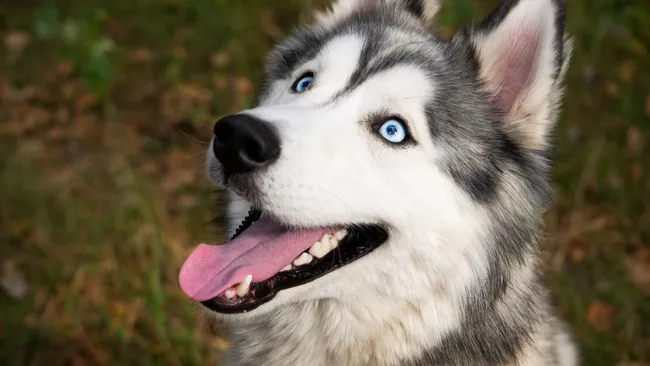A study looking at the brain size of different breeds relative to their skulls reveals that big brains doesn’t mean smarter dogs.
A new study published on Nov. 13 in Biology Letters challenges the idea that dogs with larger brains relative to their body size are necessarily smarter. The research, led by Ana Balcarcel, an evolutionary biologist at the Montpellier Institute of Evolutionary Sciences in France, shows that while certain dog breeds, like working dogs, may have smaller relative brain sizes, they tend to possess more complex cognitive abilities compared to companion breeds, which have larger brains relative to body size.

The study, which analyzed the brain-to-body size ratios of 1,682 adult dog skulls from 172 breeds, found that working dogs (like Siberian huskies and Great Pyrenees) had smaller brains relative to their body size compared to companion breeds (like Chihuahuas and Pomeranians). Interestingly, working breeds, which are bred for tasks such as search-and-rescue and police work, showed greater behavioral control, short-term memory, and executive function, even though they had smaller relative brain sizes.
In contrast, toy breeds, which are bred for companionship and attention-seeking behaviors, had larger brains relative to their body size. These breeds also exhibited higher levels of fear, aggression, and separation anxiety, which Balcarcel suggests might not have been as disadvantageous in companion animals as they would have been in working dogs.
The study underscores that dogs are the product of artificial selection, where human influence has played a significant role in shaping their traits. This contrasts with natural selection, where brain size often correlates with higher cognitive abilities. Balcarcel noted that this study highlights how humans have not only altered the physical characteristics of dogs but also their brains.
The next phase of the research will examine how brain form and function vary across breeds, which could help explain the different cognitive abilities and behavioral traits in dogs. Despite these findings, Balcarcel emphasized that intelligence in dogs cannot be solely determined by brain size, as each breed has been selected for different functions and skills.
